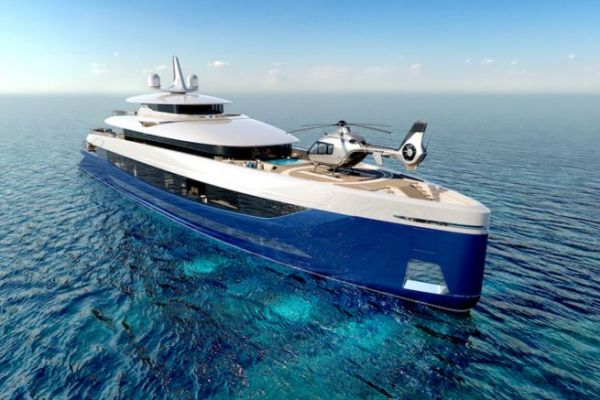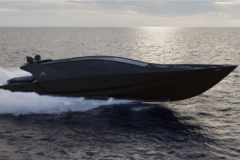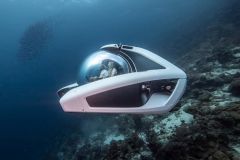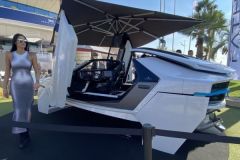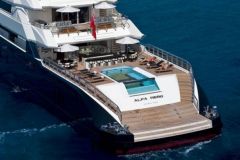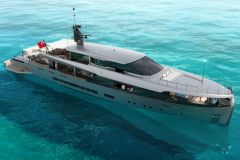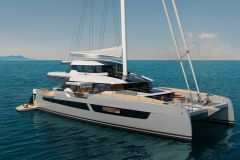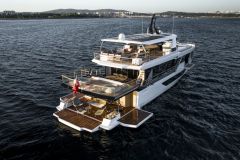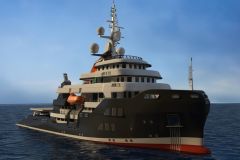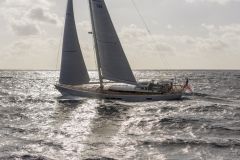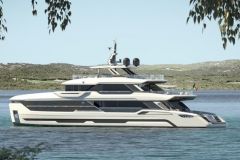With the LIVIA 72 and LIVIA 50, RMK Yachts enters a segment where established European shipyards have long been at home. Two very different models on paper, but sharing the same desire to combine aesthetics, energy autonomy and functionality.
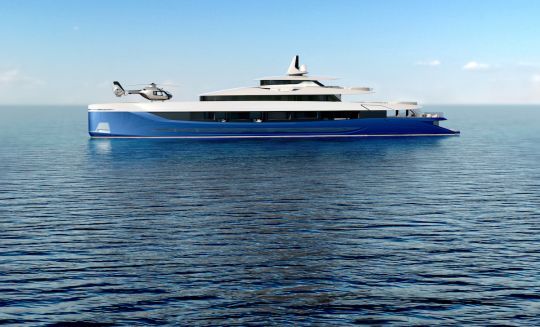
Hybrid systems and renewable energies on board
"Hybrid propulsion" is a phrase that comes up a lot, but its practical application on a superyacht over 70 meters long remains a tricky technical subject. RMK has announced a new-generation hybrid system, combined with on-board renewable energy production solutions. It remains to be seen which technologies will be chosen: lithium-ion batteries, solar panels integrated into the roof, or hydrogen fuel cells under study?
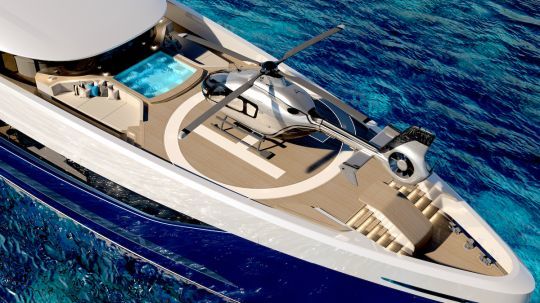
The efficiency of these systems will also depend on their integration into a hull, where control of forward drag is essential. In the Mediterranean, where electric shore power is still rare, autonomy remains a key criterion. To be more than a sales argument, the energy transition will have to be accompanied by real gains in terms of use and maintenance.
Large-volume fittings
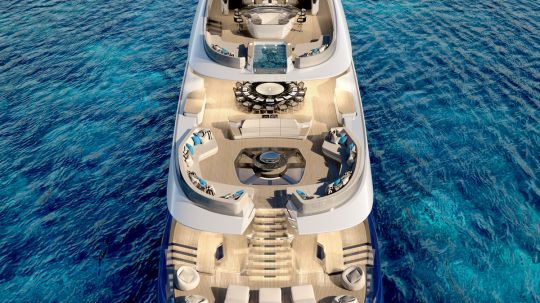
The LIVIA 72 is rated at 1,700 GT for 72 meters, a very generous average. This volume offers 12 guest cabins, an owner's suite, a wellness area, a beach club with folding decks, a forward garage and a helideck. In short, everything usually found on units of 80 meters or more.
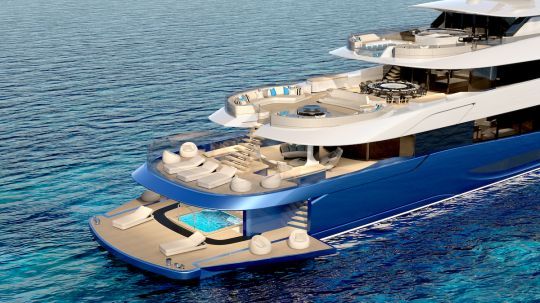
This choice implies a thorough optimization of every cubic meter. Load distribution, ventilation, technical routes for the crew and compliance with SOLAS regulations all have to be taken into account at a very early stage. The challenge is to maintain a fluid silhouette despite the stacking of functions. This is where Red Yacht Design's experience comes into play: achieving a legible general layout, with logical circulation and without visual overload.
Hull and exterior design
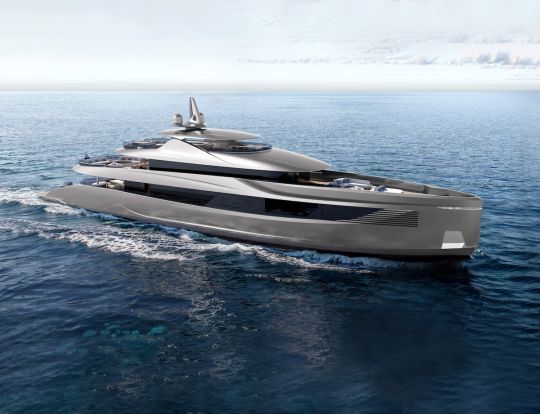
The visual identity of the range is based on slender, continuous exterior lines, with a superstructure featuring rounded corners. This choice raises a classic question: how do you combine aesthetics and performance? Because flowing lines are not necessarily synonymous with hydrodynamic efficiency.
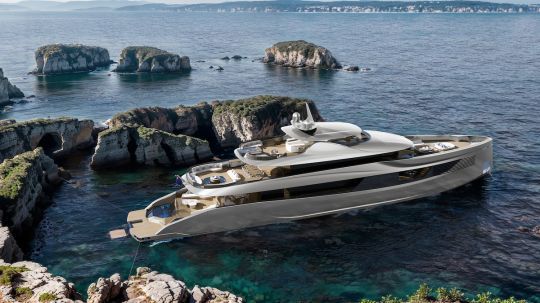
The shipyard remains discreet about the hull design and propulsion choices, apart from the use of hybrid systems. For an already imposing hull such as the 72-meter, every decision on appendages, stabilizers or hull bottom shape can have an impact on fuel consumption and seakeeping performance. The question of compatibility between expected performance and stylistic requirements therefore remains open.
Charter standards and modularity
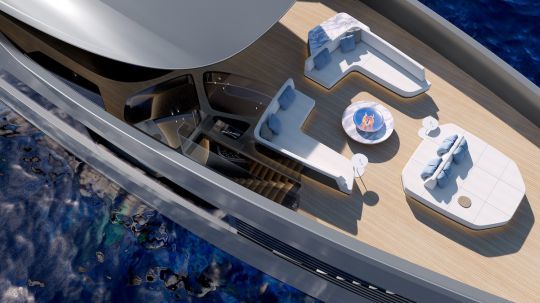
Both models have been designed for high-end rental operations. This choice implied particular specifications from the outset: a high number of cabins, isolatable living spaces, simplified crew logistics, and a design of the technical areas compatible with regular and reduced maintenance.
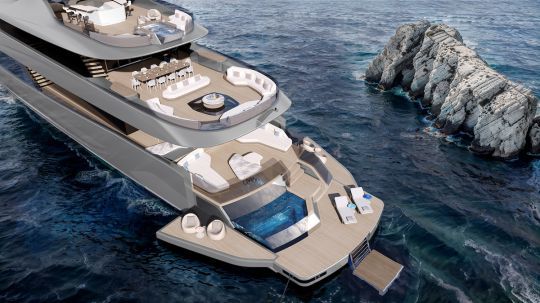
The bending between private and charter use also influences the decor, which is intended to be sober, bright and uncluttered. This apparent neutrality is in fact a design imperative to appeal to the greatest number of people and facilitate subsequent customization. At a time when the market is increasingly looking for versatility, it's a choice that may make sense, but which imposes greater industrial rigor.
Production times: a 72-metre delivered in 36 months?
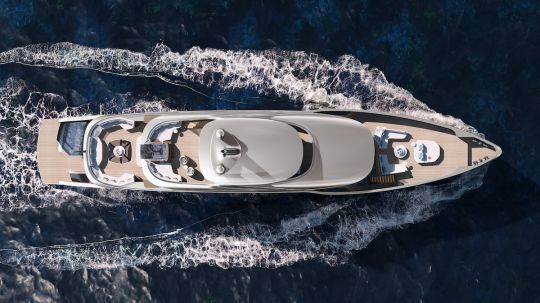
Announcing a lead time of 36 months for a 72-meter yacht or 24 months for a 50-meter yacht implies a highly organized production capacity. RMK Yachts has modern facilities in Istanbul, but is still little known in the superyacht segment above 60 meters. The success of such a shipyard depends on mastery of the supply chain, team training, and fine coordination between design, engineering and production.

 /
/ 